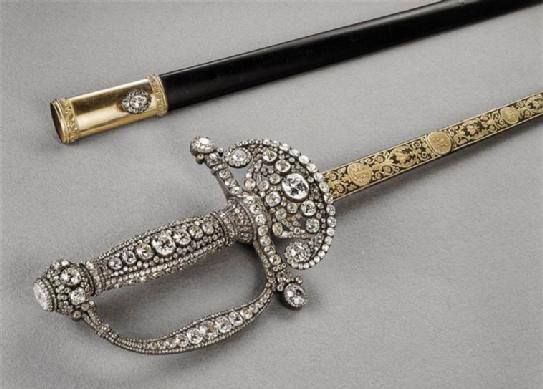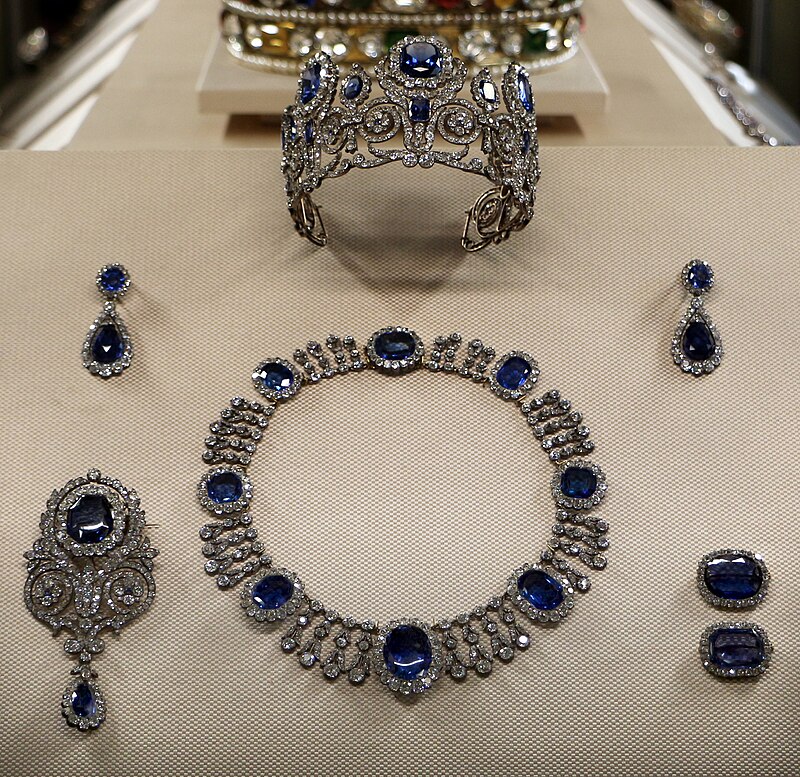The Louvre’s Double Heist: The Same Window Was Breached Twice
In October 2025, the Louvre Museum became the scene of one of the boldest robberies in recent memory. A team of thieves used a lift truck to reach a window of the Galerie d’Apollon, slipped inside in daylight, and escaped minutes later with part of France’s Crown Jewels.
The craziest part: almost fifty years earlier, thieves had entered the very same gallery through that same side of the building!
The 1976 Break-In That Time Forgot

On the night of 15-16 December 1976, three masked burglars climbed scaffolding that had been left up for restoration work along the Louvre’s Seine-side façade.
They smashed a first-floor window of the Galerie d’Apollon, overpowered two guards, and made off with the ceremonial sword of King Charles X, a masterpiece of French craftsmanship encrusted with diamonds and gold.
The theft stunned France but quickly vanished from headlines. Despite months of investigation, the sword was never recovered.
The broken window was repaired, security was reviewed, and the gallery returned to its quiet routine. Few remembered the incident – until now.
The 2025 Robbery

At 9:30 a.m. on Sunday, 19 October 2025, four men arrived on the same façade. Two came by scooter; two drove a monte-charge, the kind of movable lift used by movers. Wearing reflective vests, they set up cones, raised the platform, and cut through a window of the Galerie d’Apollon with a grinder.
Inside, they smashed two display cases containing the Crown Jewels of France—pieces once owned by Empress Eugénie, Queen Marie-Amélie, and Empress Marie-Louise.
They fled on scooters just seven minutes later, abandoning the lift and leaving behind tools, safety gear, and fragments of the Eugénie crown, which had shattered during the escape.
The museum was evacuated, and a team of sixty investigators began working through DNA traces and footage from both museum and city cameras.
A Weak Spot Decades in the Making
The 2025 robbery exposed problems that had been documented long before the thieves struck.
A report from the Cour des Comptes, leaked only days earlier, noted major delays in modernizing the Louvre’s alarm and surveillance systems. In some wings, including the Galerie d’Apollon, cameras still covered barely a third of the rooms.
The Louvre’s budget, about €323 million a year, looks enormous from the outside, yet only a small part goes to physical security.
Nearly two hundred posts in the surveillance staff have been eliminated in the past decade. Guards report being overstretched, with some monitoring multiple rooms at once.
On paper, the Louvre had alarms connected to the Interior Ministry’s RAMSES alert network, but these rely on human verification before intervention.
When the thieves broke the window, the system did trigger, yet the human response took too long. By the time the automatic escalation occurred, the men were already gone.
The pattern echoes what happened in 1976: a small crew exploiting maintenance access, minimal external surveillance, and a delayed reaction from inside. Nearly fifty years apart, the same chain of conditions produced the same result.
The Gallery That Keeps Getting Tested
The Galerie d’Apollon has seen more than royal ceremonies and museum crowds. It has burned, been rebuilt, looted during revolutions, and now breached twice in plain sight.
The same stretch of façade overlooking the Seine has become a kind of pressure point in the Louvre’s long history.
Both thefts left their mark: the sword of Charles X, missing since 1976, and the Crown Jewels taken in 2025, still unrecovered.
